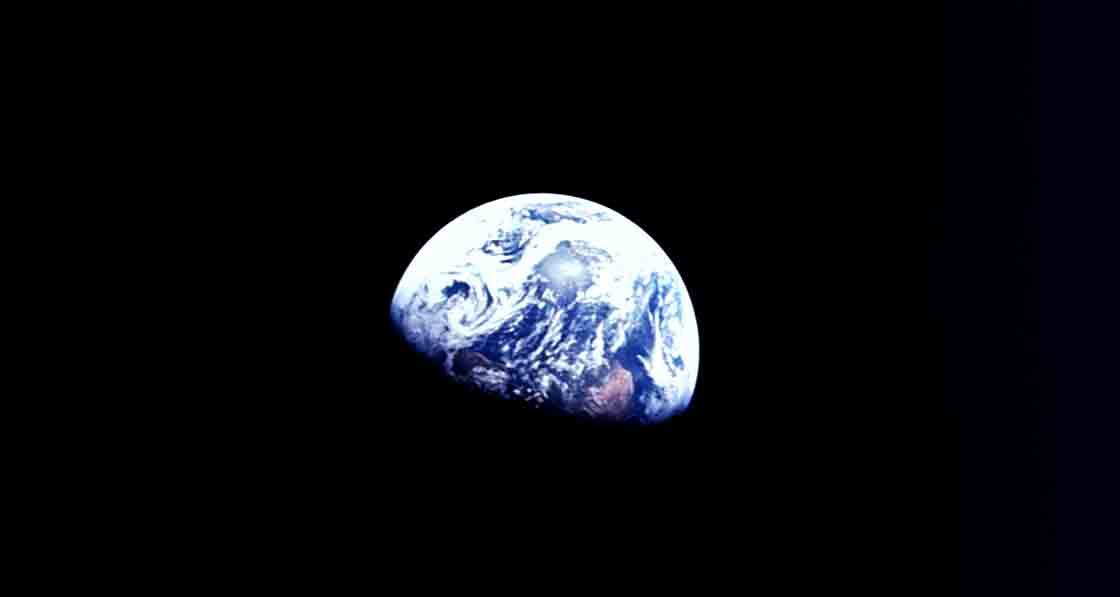
- Blogs
- Posted
Environmental activism - tracing the roots of today's climate activism
While the green wave visible at ballot boxes and street marches in 2019 reflects an apparent escalation in public consciousness on the need for urgent, decisive environmental action, the roots of today’s environmental consciousness stretch back over half a century, explains Dr Marc Ó Riain.
This article was originally published in issue 32 of Passive House Plus magazine. Want immediate access to all back issues and exclusive extra content? Click here to subscribe for as little as €10, or click here to receive the next issue free of charge
Somebody recently asked me why should we be listening to Greta Thunberg and not basing government policy on sound scientific data. I responded that, historically speaking, government policy tends to respond more quickly to public opinion rather than sound scientific evidence. As the nearly zero energy building (NZEB) standard for new and renovated buildings becomes law, the origins of this policy can be mapped back to an emergent environmental consciousness in the 1960s and 1970s.
As Monsanto encouraged the use of pesticides to increase crop yields in the 1960s, Rachel Carson’s seminal best-selling book Silent Spring (1962) highlighted how pesticides, like DDT, were decimating small bird and animal life. Carson’s unsettling description of the poisonous impact of DDT on the human body illustrated the consequences of unregulated industry.
This book helped initiate a public environmental debate with rapid policy action by John F Kennedy’s Science Advisory Committee first to restrict and eventually to ban the use of DDTs. Carson was perhaps the first to link the unchecked consequences of industry pollution on habitat and on our own health. As a result, the public started to become interested in the issue of environmental pollution.
As early as 1965, the US President’s Science Advisory Panel had projected that by the year 2000 there would be “about 25% more CO2 in the atmosphere than at present…”, causing irreversible and uncontrollable climatic change, and in 1968 Elmer Robinson, a researcher at Stanford, warned that rising CO2 concentrations in the atmosphere “may be the cause of serious world-wide environmental changes”.
In the 1960s, space exploration gave us both the technology and opportunity to reflect on the environmental consequences of unfettered industrial pollution on a once-considered-resilient planet. ‘Earthrise’, a photo taken by Apollo 8 astronaut Jim Lovell in 1968, captured the public consciousness in a way that books and science could not, making us “realise just what you have back there on Earth”, as Lovell remarked.
NASA engineer James Lovelock’s work with chemical concentrations in the Martian atmosphere led him to develop the Gaia hypothesis and the electron capture detector to analyse the chemical state of the Earth’s atmosphere. Lovelock viewed a planet of organisms being completely interdependent and a self-regulated single living entity “capable of manipulating the Earth’s atmosphere to suit its overall needs”.
In 1965 the US President’s Science Advisory Panel projected that by the year 2000 there would be “about 25% more CO2 in the atmosphere” causing irreversible and uncontrollable climatic change.
Gaia theory illustrated that man could have a negative impact on the environment, but that the planet could counterbalance its environment making it uninhabitable for man. This theory builds on Carson’s argument that there were actual consequences to uncontrolled technological development, industry and the externalities of pollution. Lovelock’s work in Ireland and Britain would eventually lead to the discovery of CFCs and their impact on the ozone.
All of this contributed to a rising public concern for the environment, eventually leading to the first UN Conference on the Human Environment in Stockholm in 1972.
The conference lent further credibility to the views and claims of the rising environmental movement. Furthermore, it allowed the many grassroots activists who attended the conference direct access to influential political figures. This conference was the first step towards theKyoto Protocol in 1992, whose target was to cut CO2 production by 5% from 1990 to 2012.
In 1972 another seminal book by the Club of Rome, ‘The Limits to Growth’ (LtG), projected that exponential economic growth would expend finite oil reserves by 1992. The book sparked a lot of debate and criticism, but eventually new oil finds, and fracking technology would, in time, undermine and discredit some of the scenarios put forward in ‘LtG’.
Whether ‘LtG’ scenarios were accurate or not, broad public engagement with the publication created a global political and economic debate which would be echoed by global events in 1973 and subsequent legislation.
That year EF Schumacher’s book ‘Small is Beautiful’ almost anticipated the immediate future, warning; “the oil crisis will come, not when all the world’s oil is exhausted, but when world oil supplies cease to expand”.
From the 60s to the early 70s, the above writers and scientists influenced the public dialogue around the environment to such an extent that it would result in some political actions and governmental policy. However, it would not be the fledgling environmental lobby who would change political policy in the early 1970s. It would be a geo-political economic shock, which would spur many countries into policy action to promote energy conservation.
The first oil crisis in the winter of 1973 would frame our current international policies on building energy conservation, which will be covered in the next article.






